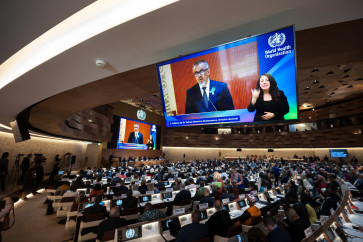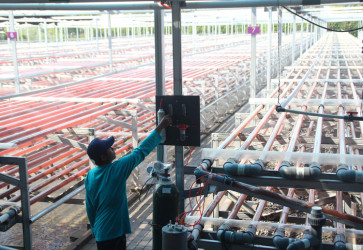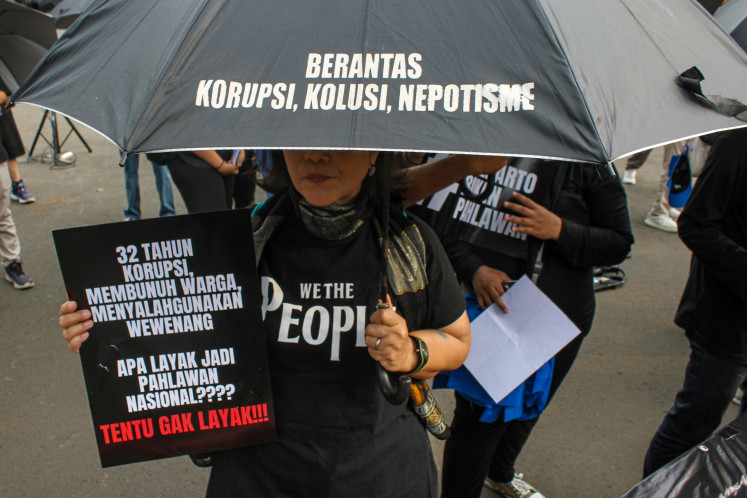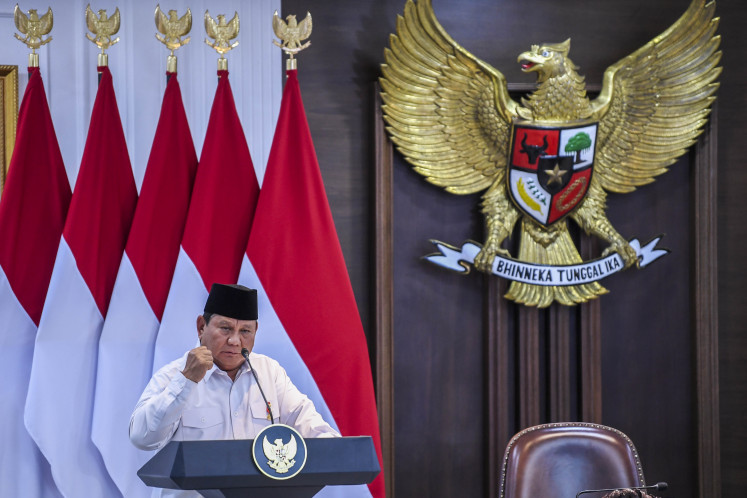Creativity within constraints
We are used to perceive creativity as something without rules and boundaries. But perhaps that is only applicable when creativity is still within ideation stage. At some point, the creative ideas need to be executed. That’s when constraints must be taken into account.
Change text size
Gift Premium Articles
to Anyone

A
t first, the two words "creativity" and "constraint" seem to contradict each other. We are used to perceiving creativity as something without rules and boundaries. But perhaps that is only applicable when creativity is still within the ideation stage. At some point, creative ideas need to be executed. That is when constraints must be taken into account.
Even a blank page is not totally without constraint. The size of it, the material with which it is made, and the surrounding environment provide limitations on what we can do with it. They all serve as the context where a creative endeavor starts.
Creativity shouldn’t be an end in itself
Most of the time, we need creativity because we are trying to solve a problem. While the problem-solving process may start with open-ended brainstorming, sooner or later some structure needs to be imposed to make it useful. Without it, complacency sets in, and people will follow the path of least resistance where they go for the most novel ideas that come to mind, rather than investing in the development of better, more applicable ideas.
While constraints are often viewed negatively as something that hinders creativity, they could be the trigger that motivates people to think of innovative ideas for new products, services or business processes. Constraints call for solutions and that requires people to unleash their untapped creativity, which subsequently fuels innovation. When options are limited, they must give themselves the freedom to use resources in nonconventional ways.
Constraints are good for creativity
Some types of constraints are better than others because they establish boundaries and limitations in ways that foster, rather than hamper, creativity. Whether they are the existing context to start from, a structure to work within or rules to follow, they provide the parameters for what is fixed and what is free to explore.
Time, for example, can be an effective and simple creative constraint. Deadlines, while mostly imposed for scheduling and time management purposes, help people to be creative and productive with the resources they have in hand. Money is another example. Start-ups with great ideas but limited funding must figure out how to bootstrap their operation until they could generate enough income stream to expand the business.
Striking the balance between freedom and constraints
While some level of constraint is good for creative processes, too much of it can be demoralizing. If the space within which creative ideas are to be generated is too narrow, it is harder to trigger exploration and experimentation – both of which are vital for creativity.
Hence, the key to continuous creativity in any organization is to strike balance between focus, freedom and resources within the creative process. Too much freedom will lead to too many options and paralysis. The right level of constraints would make problem-solving challenging, thus encouraging innovation. Beyond a certain point, constraints become demotivating, making people reluctant to get out of their comfort zone.
Fostering creativity at work
Every business, big or small, must innovate to survive. Therefore, fostering a creative work environment that enables employees to innovate is critical. This must start from the top management level and trickle down throughout the rest of the organization. Key questions include, are employees empowered to come up with new ideas? Would the company follow through with those ideas? Will the employee be rewarded for it? Will they be punished for failures?
When leaders understand that innovation is directly linked to the company’s survivability, the work culture will be less hierarchical and more agile, with increasing autonomy given to employees. In turn, they will have a higher level of ownership and accountability, better decision-making efficiency and superior job satisfaction.









